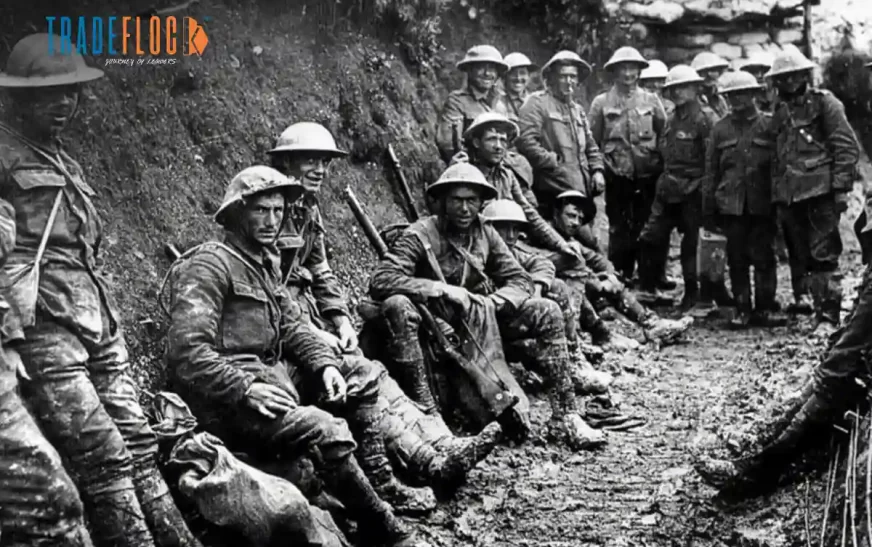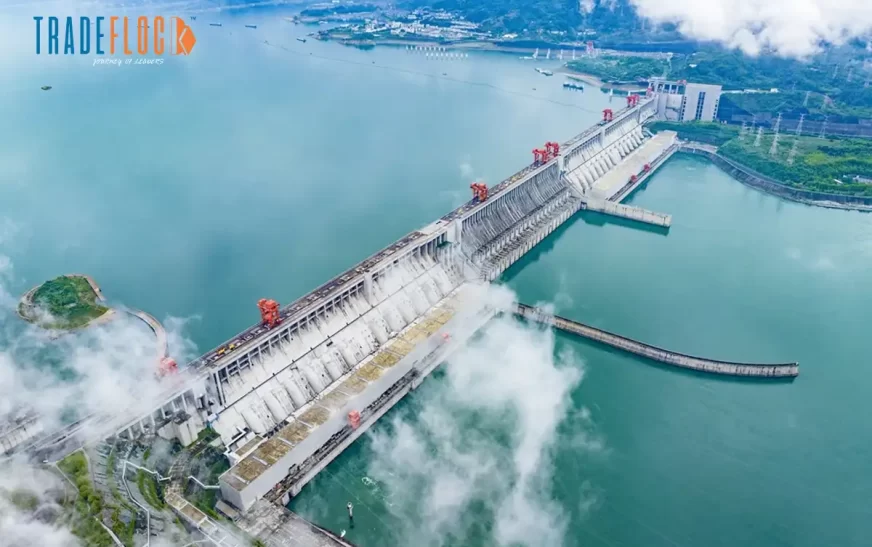On the morning of 28 July 1914, the world stood at the edge of a precipice it did not fully comprehend. As Austria-Hungary declared war on Serbia, it set in motion a chain of events that would consume continents, redraw borders, and bury an entire generation beneath the mud of trenches. What began as a regional flare-up soon ignited into World War I, a catastrophe so vast that it would come to be known as “The Great War”, a war that would shape the course of the 20th century and beyond.
By the time the guns fell silent four years later, over 20 million lives were lost, economies lay in ruins, and empires that had lasted centuries crumbled into dust. Yet, it all began not with armies crossing borders but with a single gunshot fired in a city few outside Europe had even heard of, ‘Sarajevo’.
The Spark That Lit the World
The fuse for the world’s descent into chaos was lit exactly one month earlier, on 28 June 1914, when Archduke Franz Ferdinand, heir to the Austro-Hungarian throne, was assassinated alongside his wife, Sophie, by Gavrilo Princip, a young Bosnian Serb nationalist. Sarajevo, a city in the volatile Balkans, became the unlikely epicentre of a global tragedy.
To Austria-Hungary, this was an act of terror and a direct challenge to its authority in the Balkans. Within weeks, Austria-Hungary, backed by Germany, issued an ultimatum to Serbia, designed almost to be rejected. Serbia’s response, though conciliatory, didn’t satisfy Vienna’s appetite for retribution. On 28 July 1914, war was declared.
What followed was not diplomacy but a deadly domino effect. Russia mobilised in defence of Serbia, triggering Germany to declare war on Russia. France, allied to Russia, was pulled in next. Germany’s invasion of neutral Belgium forced Britain’s hand, bringing the mighty British Empire into the conflict. What began as a Balkan dispute exploded into a war that would eventually pull in the Ottoman Empire, Japan, the United States, and colonial forces from across Africa, Asia, and Australia.
The Hidden Fault Lines
The truth is, the assassination was merely the spark. Europe was already a continent waiting to explode. For decades, rivalries had simmered beneath the surface, fuelled by militarism, imperialism, nationalism, and an intricate web of alliances. The years leading up to 1914 saw an unprecedented arms race. Major powers expanded their navies and armies, believing military strength was synonymous with national greatness.
The Balkans, often referred to as “the powder keg of Europe”, had been a hotspot of ethnic tensions and nationalist uprisings. The disintegration of the Ottoman Empire left a vacuum that both Austria-Hungary and Russia were eager to fill, each supporting different ethnic groups to advance their strategic interests.
Meanwhile, Germany, a relatively new nation-state unified only in 1871, was rapidly rising both economically and militarily. It sought its “place in the sun” through imperial ambitions, often clashing with British and French colonial interests. Britain, the world’s largest empire, viewed Germany’s naval build-up as a direct threat to its global dominance.
The Architects of War
Behind the decisions that led to war were men who, by arrogance, miscalculation, or blind faith in military solutions, dragged millions into catastrophe. Kaiser Wilhelm II of Germany, volatile and ambitious, was eager to assert German power, offering Austria-Hungary unconditional support, the infamous “blank cheque”.
Emperor Franz Joseph of Austria-Hungary, ageing and increasingly detached, saw war as a chance to salvage his fracturing empire. Tsar Nicholas II of Russia, bound by his role as protector of Slavic nations, mobilised reluctantly, perhaps underestimating the speed at which mobilisation itself was seen as an act of war.
In Britain, King George V, alongside Prime Minister Herbert Asquith, was initially hesitant but found public sentiment and the violation of Belgian neutrality impossible to ignore. France, meanwhile, driven by deep-seated resentment from its defeat in the Franco-Prussian War, stood firm alongside Russia.
Even the young assassin, Gavrilo Princip, was merely a product of his time, a teenager radicalised by nationalist fervour, seeking to free Bosnia from Austro-Hungarian rule.
A World Rewritten in Blood and Ruin
The socio-economic impact of the war was nothing short of catastrophic. Entire economies were transformed into war machines. Britain’s national debt skyrocketed, Germany’s economy teetered on collapse, and France saw its industrial heartlands occupied and devastated. The cost of war extended beyond the battlefield; it seeped into homes, families, and futures.
The mobilisation of millions of men led to labour shortages that forced women into factories in unprecedented numbers, changing gender roles permanently. Food shortages became common, with rationing becoming a daily reality in many nations. In Germany, the British naval blockade caused severe malnutrition, contributing to hundreds of thousands of civilian deaths.
Empires collapsed like dominoes. The Austro-Hungarian Empire splintered into Austria, Hungary, Czechoslovakia, and Yugoslavia. The Ottoman Empire, already decaying, fragmented, giving rise to modern Turkey and reshaping the Middle East in lines drawn by colonial powers. The Russian Empire fell not just to war but to revolution, birthing the Soviet Union. The German Empire was dismantled, humiliated by the Treaty of Versailles, setting the stage for the rise of Nazism.
Even beyond the battlefield, the war’s consequences were deadly. The movement of troops and refugees helped spread the 1918 influenza pandemic, which claimed an estimated 50 million lives worldwide, dwarfing the death toll of the war itself.











